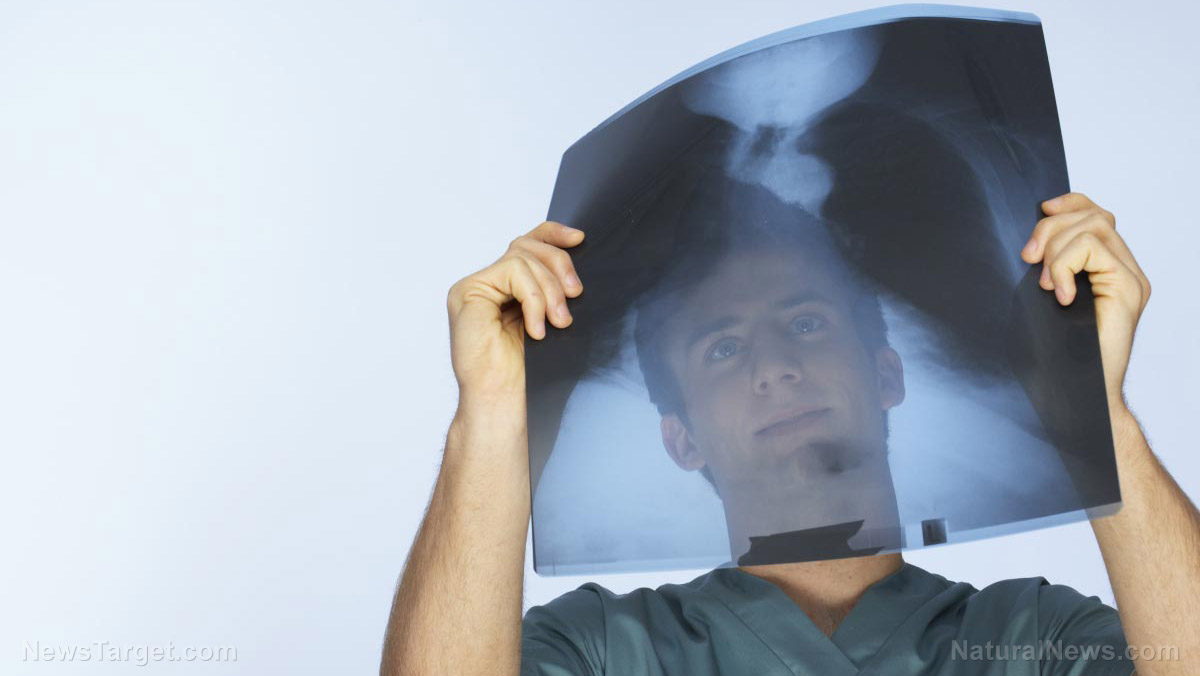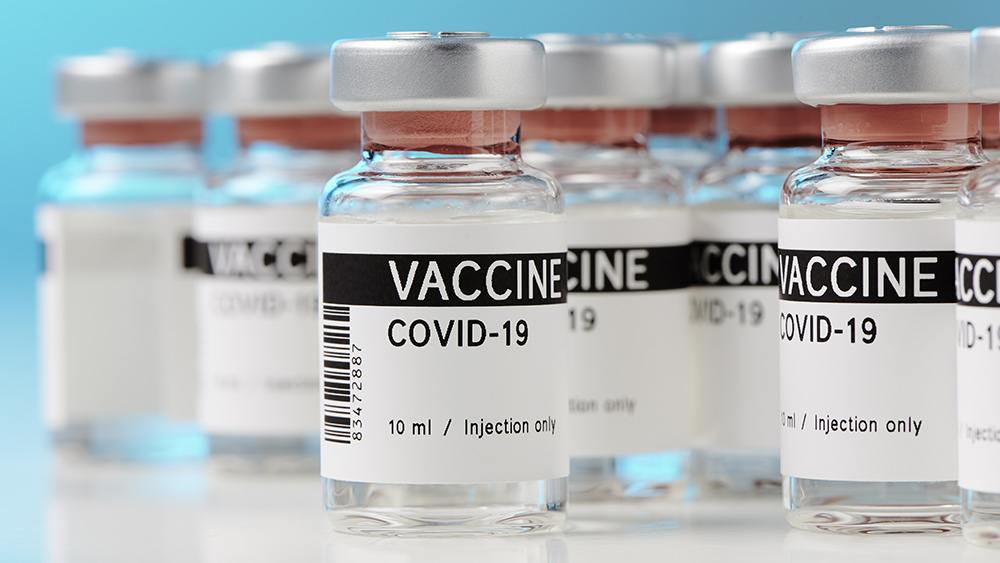Magnesium supplements CONFIRMED to sharply reduce bone problems in middle-aged men
02/14/2019 / By Amy Goodrich

Though most people think that calcium and vitamin D are the most important nutrients to strengthen bones, new research, conducted by scientists from the University of Bristol in the U.K. and the University of Eastern Finland in Kuopio, found that taking magnesium supplements when you are middle-aged may prevent bone fractures later in life.
Bone fractures are a common and preventable cause of disability and decreased quality of life in the middle-aged and elderly populations. In the United States, an estimated six million people will break a bone each year, with 75 percent of all forearm, hip, and spine fractures occurring in people aged 65 and above.
The research team, led by Dr. Setor Kunutsor, a Research Fellow at the University of Bristol‘s Musculoskeletal Research Unit, found that middle-aged men who had high levels of magnesium in their blood slashed their chances of breaking a bone over the next 25 years by half. While they didn’t include women in their study, the researchers noted that the same effect might apply to them since magnesium helps to strengthen bones in the same way for both sexes.
Reduce the risk of bone fractures by 44 percent
Low levels of magnesium have been shown to interfere with vitamin D production and calcium homeostasis. Although previous studies found that magnesium may have beneficial effects on bone health, until now, no study has ever reported its effect on bone fractures. Magnesium deficiency has been associated with an increased risk of brittle bones and osteoporosis, hence why the researchers were curious to see whether magnesium could also have a beneficial effect on bone strength.
For their study, the team followed 2,245 Finish men aged between 42 and 61. When they signed up for the study in the mid-1980s, their magnesium levels were measured. After a 20- to 25-year follow-up period, the team checked the men to see how many had suffered broken bones.
In conclusion, the team reported that men with lower levels of magnesium had an increased risk of fractures, particularly of the hip. Men with higher levels of magnesium in their blood had their risk of fractures reduced by 44 percent. Of all the patients tested, only 22 had very high magnesium levels (more than 2.3 milligrams per deciliter), resulting in no bone fractures at all.
Magnesium supplementation may prevent fractures
Since many foods contain magnesium, many people get enough of this vital mineral through their diet. Magnesium-rich foods include leafy green vegetables, fish, meat, dairy, nuts, brown rice, and whole grain bread.
The researchers, however, noted that getting magnesium from the diet may be difficult in the elderly population due to absorption issues. Dr. Kunutsor said magnesium supplementation could help these people reach the recommended daily allowance of magnesium, which is 300 milligrams for men and 270 milligrams for women. Magnesium supplements have little effect on their own. Therefore, he also advised taking calcium and vitamin D supplements to maximize the beneficial effect.
“The overall evidence suggests that increasing magnesium concentrations may protect against the future risk of fractures; however, well-designed magnesium supplementation trials are needed to investigate these potential therapeutic implications,” said Professor Jari Laukkanen, of the University of Eastern Finland.
Also, to increase levels of magnesium in the blood and address absorption issues, the researchers stressed the importance of treating underlying diseases that may interfere with magnesium absorption. People who have bowel problems or are on certain medications are at greater risk of having low magnesium levels in the blood.
Since this mineral is essential to so many bodily processes, it has also been shown to reduce the risk of cardiovascular diseases, strokes, and diabetes. Too much (or taking more than 400 milligrams a day) of it, however, can have serious adverse effects for people with existing kidney issues.
Discover more news about health-boosting minerals at NaturalNewsIngredients.com.
Sources include:
Submit a correction >>
Tagged Under:
aging, bone fractures, bone health, Magnesium, prevention, supplements
This article may contain statements that reflect the opinion of the author
RECENT NEWS & ARTICLES
COPYRIGHT © 2017 RESEARCH NEWS





















